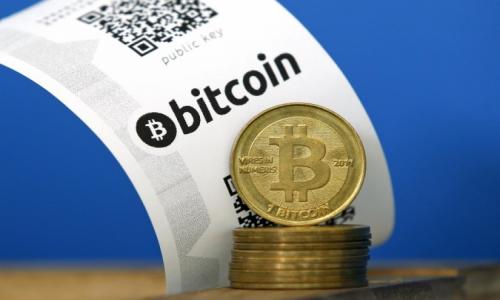I have written about structured notes before on BestCashCow. I believe that they may represent a good way to generate income in a fairly low-risk way over time at rates well above the rates offered by savings and CDs. Or maybe not. Under any circumstance, they only work for a certain type of investor. It is easy to get drawn to high yielding instruments after yields of extraordinarily low savings and CD yields. Yet, these will be inappropriate for most people seeking more yield as they go out for 15-years and may be very illiquid for most of that time.
What I particularly like about these instruments is that they are generally geared to deliver large interest payments as the long end of interest rate curve rises, unlike bonds and municipal bonds, which will see a strong and pronounced losses of value in 2018 and 2019 and beyond if the Fed continues with its stated plan to raise interest rates.
A common structure in structured notes involves a 15-year period during which the notes pay interest tied to the spread between the 30-year and the 2-year Constant maturity swap rates (“CMS”). CMS is a rate at which bank’s trade with each other, and basically involves the difference between the stated maturity’s equivalent US Treasury rate and the 6-month US Treasury rate. The 2-year CMS rate is currently around 1.60% while the 30-year CMW rate is currently around 2.60%. The spread is currently at around 1%. (If you don’t have access to a Bloomberg, these rates can usually be found here).
If rates on the long end go up faster than the short end, the spread will widen. If they go down, it will contract or go negative. If they spread goes negative, the holder if these instruments foregoes interest. If the S&P falls by more than 70% from where it is on the pricing date, the holder also forego interest. With this note, you win if the stock market doesn’t completely crash from the date of issue and the long end of the yield curve goes up.
Over the last several years, this structure has outperformed savings and CDs, but hasn’t been a big winner since long rates haven’t meaningfully gone up. Since holders sometimes require liquidity, it has been possible to buy notes on the secondary markets at a significant discount to par.
This offering by GS Finance Corp. is guaranteed by The Goldman Sachs Group and follows this same structure generally. It pays a fixed rate of 6% in the first year, but unlike most other offerings it pays 6x the spread (most other offerings pay only 4x or 5x). It is also attractive as the maximum interest rate is capped at 12% (whereas most Morgan Stanley, JP Morgan and Citibank offerings in the past have been capped at 9% or 10%). If you buy these notes today, you are hoping that the higher multiple and higher cap will prevent them from trading at a significant discount to par should you require liquidity over the next 15 years.
There is no doubt, the Goldman product is interesting and Goldman is a great credit. But, anyone investing in these products needs to understand that a product of this length is going to involve real liquidity risk and the real risk of no interest payments for a lengthy period of time. There are other risk too, detailed in this article.
These notes way be worth a look, but I would continue to have a strong bias towards savings accounts and CDs. You’ll find the best savings rates here and the best CD rates here.
Editor’s Note: The product discussed above trades under CUSIP 40054LLP7 and ISIN US40054LLP75. It is offered principally through investment advisors. BestCashCow does not believe that the product is appropriate for most investors, and does not endorse it.














Add your Comment
or use your BestCashCow account